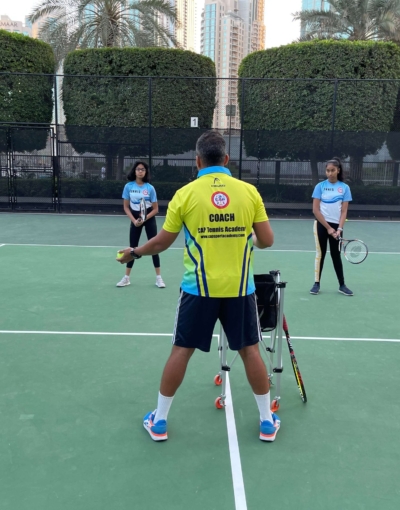Tennis is a sport of skill, focus, and strategy. Until now, professional tennis players had to play matches without help from their coaches during the game.
But things have changed. Starting January 2025, off-court coaching is now officially allowed. This is a big moment for tennis fans, players, and coaches.
Let’s understand what this change means for players, coaches, and even fans.
1. Understanding the Past Coaching Rules
Earlier, players were not allowed to take any help from their coach once a match started. If a coach gave tips, signs, or even spoke to the player from the stands, it was considered breaking the rules.
Chair umpires had to watch closely to catch this kind of communication. It was tough and created confusion.
2. The Evolution of Coaching in Tennis
This change didn’t happen overnight. Since 2017, tennis bodies like ATP, WTA, and the Grand Slams have been testing off-court coaching.
Slowly, more matches allowed it to see how players and fans reacted. The trials continued for a few years, and finally, in 2024, the International Tennis Federation (ITF) agreed to make it official from 2025.
3. What Changed in 2025?
From now on, coaches are allowed to talk to players during matches—but only in certain ways and at certain times. Here’s what’s new:
- Coaches can give short advice between points, during changeovers, and set breaks.
- They can use hand signals or talk directly if they’re close to the player.
- Coaching must be quick and quiet, so the match isn’t disturbed.
- Players can also use approved technology to check their game stats when allowed.
However, each tournament can decide how they want to apply these new rules.
4. How Off-Court Coaching Will Impact the Game
This new rule is likely to make tennis more exciting. Players can now get real-time advice to fix their mistakes or change strategy.
It also makes the job easier for umpires who no longer have to keep checking if coaching is happening secretly.
For fans, it adds more drama and faster action. And for students at any Tennis Academy in Dubai, this is a great learning opportunity.
5. Controversies and Criticisms
Some people are not happy about this change. They feel tennis is special because players solve problems on their own during matches. They worry that this rule might reduce the challenge of thinking independently.
Others feel that players who don’t have a coach might be at a disadvantage. Also, not all matches will allow coaching, which may confuse fans and players.
6. What This Means for Players, Coaches, and Fans
For players, this rule means more support. For coaches, it means a bigger role during matches. And for fans, it could mean more exciting games with new strategies.
Coaching will now become more visible, and fans might enjoy watching how players and coaches work together—even from a distance.
This rule change will inspire you to work closely with your coach, not just during practice but also in matches.
7. The Future of Coaching in Professional Tennis
With off-court coaching becoming official, the role of the coach will grow. Tennis might slowly become more like other sports where real-time coaching is normal.
It may also lead to better technology on the court, like video analysis tools, helping players get smarter advice in real-time.
Conclusion
From 2025, tennis will take a big step by allowing off-court coaching. This change is meant to make the game fairer, more exciting, and supportive for players.
Whether you’re a professional, a beginner, this update shows how the game is evolving. Coaching, once hidden and restricted, will now become a helpful part of tennis matches. So, if you’re looking for tennis coaching in Dubai, now is the perfect time to start. The future of tennis is changing—and it’s looking brighter than ever!










 India
India





